15 F-15 Facts: All About The Eagle
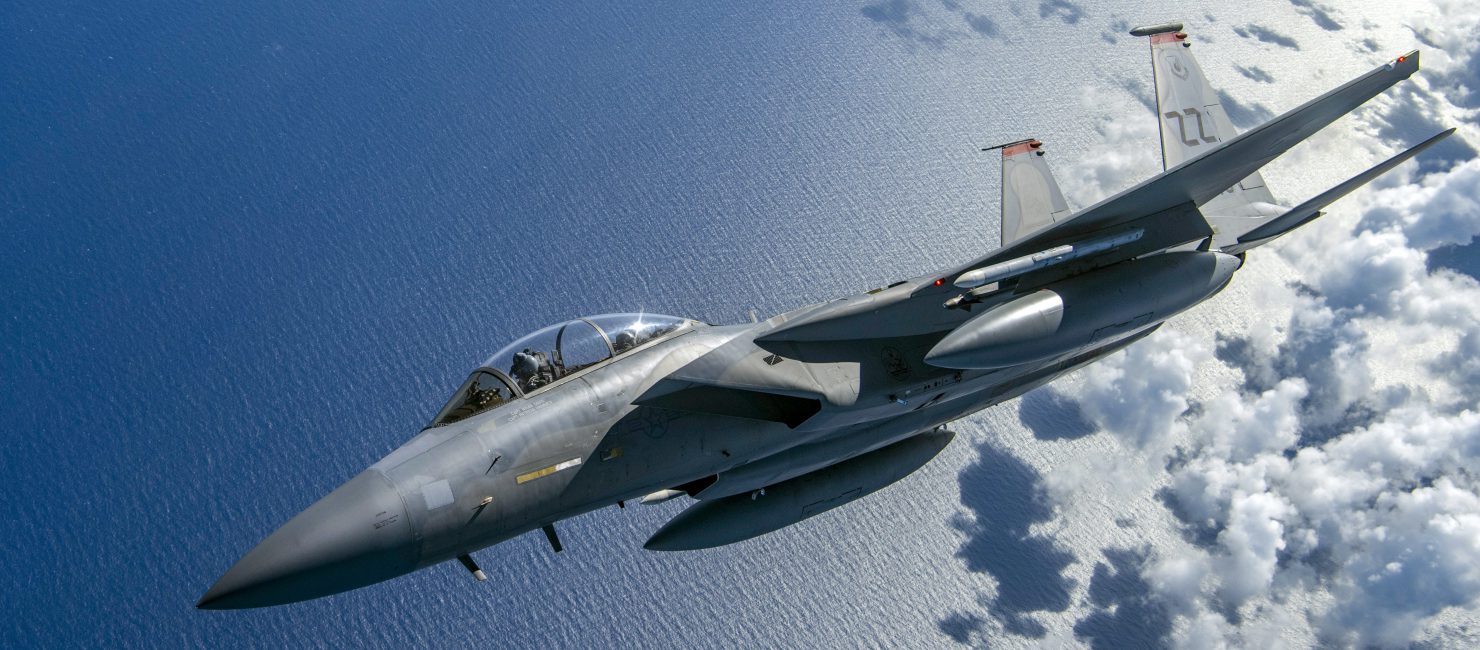
F-15 Pulse Doppler Radar
Originally designed by Hughes Aircraft Company (now Raytheon), the AN/APG-63 radar – known more simply as Pulse-Doppler Radar – is one the most relevant and intuitive outfits of the F-15 Eagle. After programmed upgrades, the Hughes AN/APG-70 radar was implemented into the current F-15s. The US Air Force characterizes it like this:
“The F-15’s versatile pulse-Doppler radar system can look up at high-flying targets and down at low-flying targets without being confused by ground clutter. It can detect and track aircraft and small high-speed targets at distances beyond visual range down to close range, and at altitudes down to treetop level. The radar feeds target information into the central computer for effective weapons delivery. For close-in dogfights, the radar automatically acquires enemy aircraft, and this information is projected on the head-up display.”
F-15 Speed
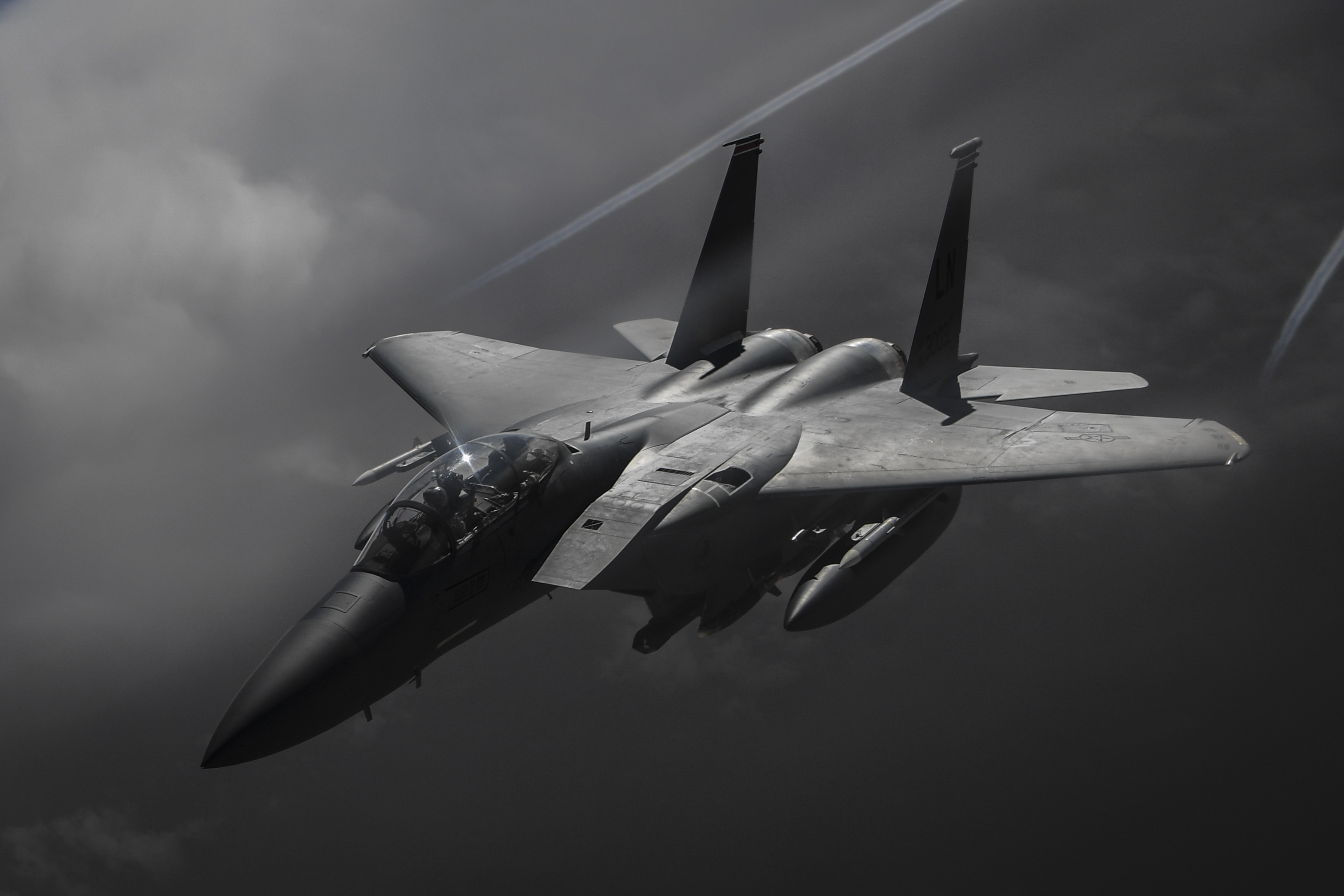
The F-15 is a nimble, speedy fighter that has made a living on outpacing and outmaneuvering its opponents. It’s official high speed is 1,875 miles per hour, or roughly Mach 2.4. That being said, there are reports of F-15s going faster than that. At Mach 2.4, that puts the F-15 behind only select few American-made jets for top speed. The SR-71 Blackbird, the Lockheed’s YF-12 (Blackbird predecessor), and the XB-70 Valkyrie are the only jets made in the USA that are faster than the F-15.
F-15 A, B, C, D, and E Models
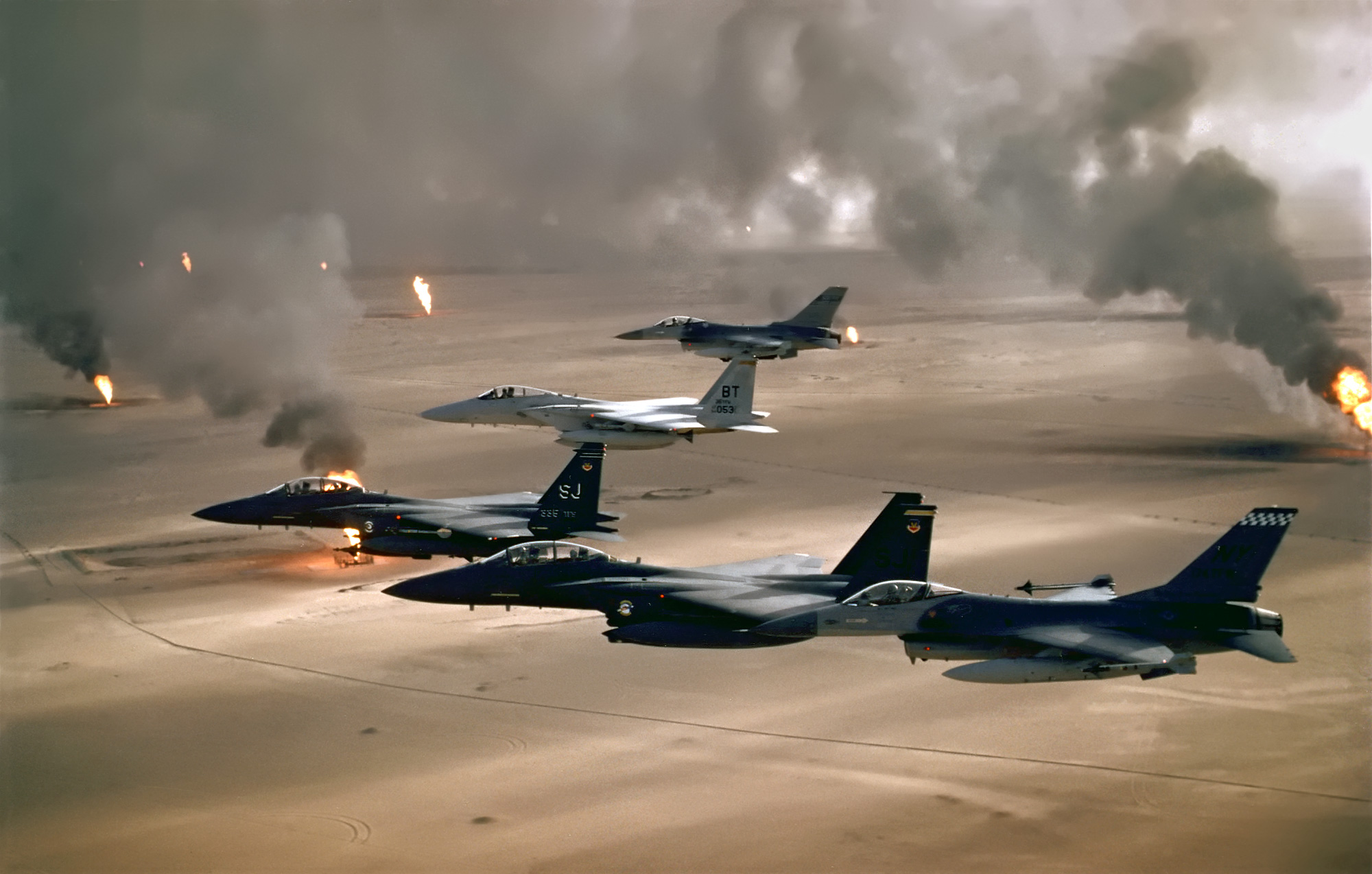
The F-15A’s first flight was in July of 1972. TF-15A (training), which subsequently became the F-15B, flew for the first time a year later, in July of 1973. The F-15C and F-15D were introduced at the end of the decade, in 1979. The F-15B and F-15D are twin-seat versions of the aircraft while F-15A and F-15C are single-seat. The F-15E model was introduced in the late 1980’s and saw time almost immediately during Operation Desert Storm in 1991.
F-15 Cost
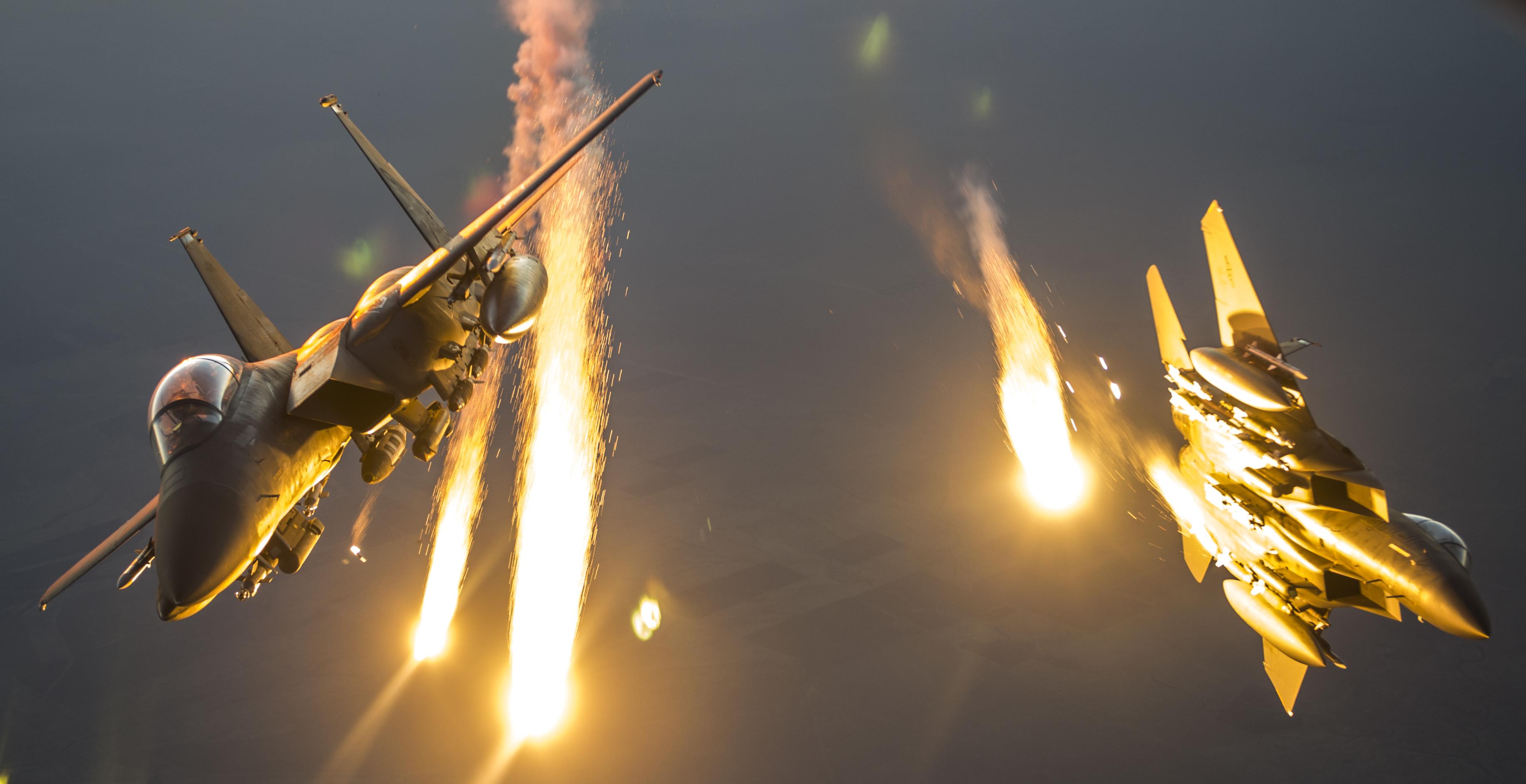
How much does it cost? Well, which one are you talking about? The F-15, as you just read, has multiple iterations over the years. With each new variant came new modifications. Some relate to engine, some relate to avionics, some relate to the frame…the point is. There isn’t a static answer to the cost of an F-15. That being said, the current versions used by the Air Force – the F-15C, F-15D, and F-15E – cost approximately $29.1 million dollars by today’s dollars.
F-15 Background
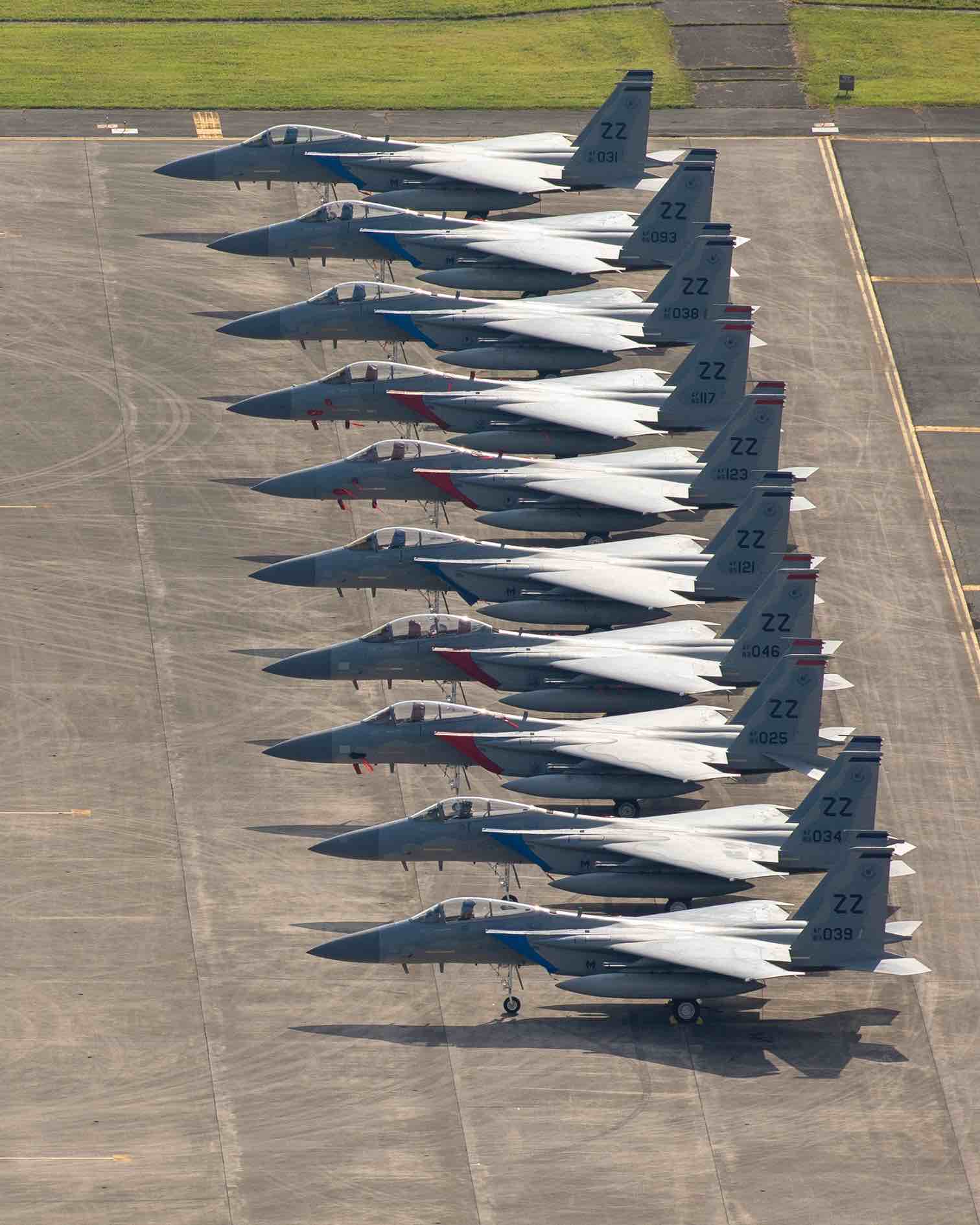
The F-15 is beloved by so many, and the reason is that it’s personal for so many. This aircraft has been around for a long, long time and has had a chance to gain millions of supporters. It flew for the first time in 1972 on the curtails of the Vietnam War and the MiG-25 Foxbat. The first Eagle that saw combat was delivered in 1976. The F-15 participated in most major conflicts since then, most recently during Operation Inherent Resolve over Iraq and other Middle Eastern territories.
F-15 Range
Including the three external fuel tanks, ferry range is roughly 3,450 miles – or 3,000 nautical miles. However, with in-air refueling capability – range of the F-15 is essentially unlimited as long as tanker planes are available.
Mission Computer
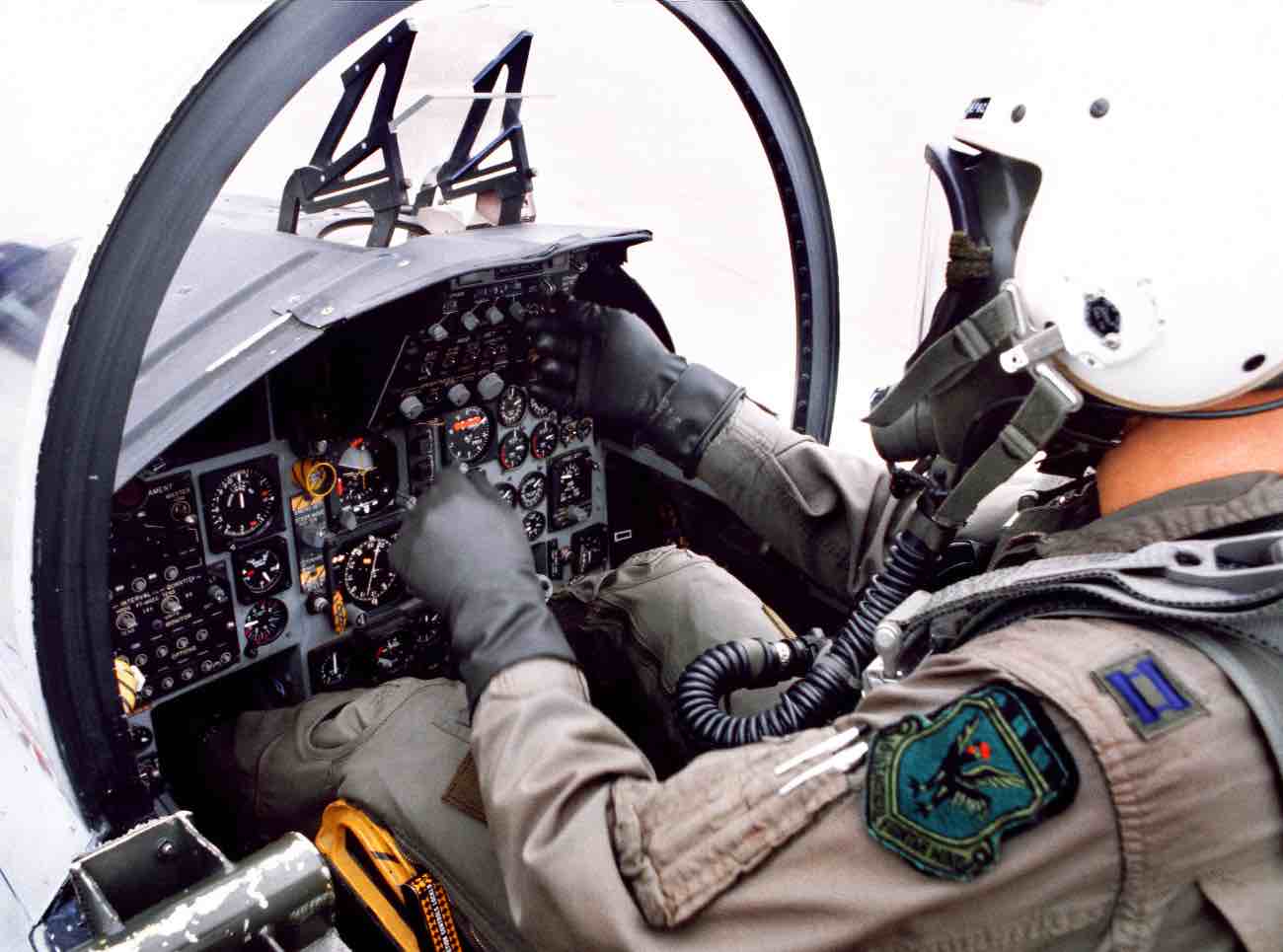
It’s called the Advanced Display Core Processor II. The new missions computer was implemented into select F-15E models, and first tested back in 2016. This is a large indicator that the F-15 will be aorund for decades to come. Let’s let the experts say it best:
“The advanced mission computer, based on commercial technology, provides multi-core processing capabilities propelling the F-15 to the forefront of fighter embedded computing systems. The ADCP II high-speed processing and interface designs enable advanced systems integration, increased mission effectiveness, augmented fault-tolerance, enhanced system stability and aircrew survivability.
The ADCP II is pivotal to F-15 upgrades enabling air superiority. It provides critical mission processing capacity for new advanced capabilities such as the Eagle Passive/Active Warning Survivability System, long-range infrared search and track capability, high-speed radar communications, and future software suite upgrades.” – 88th Air Base Wing Public Affairs.
F-15 Armament
What’s it packing?
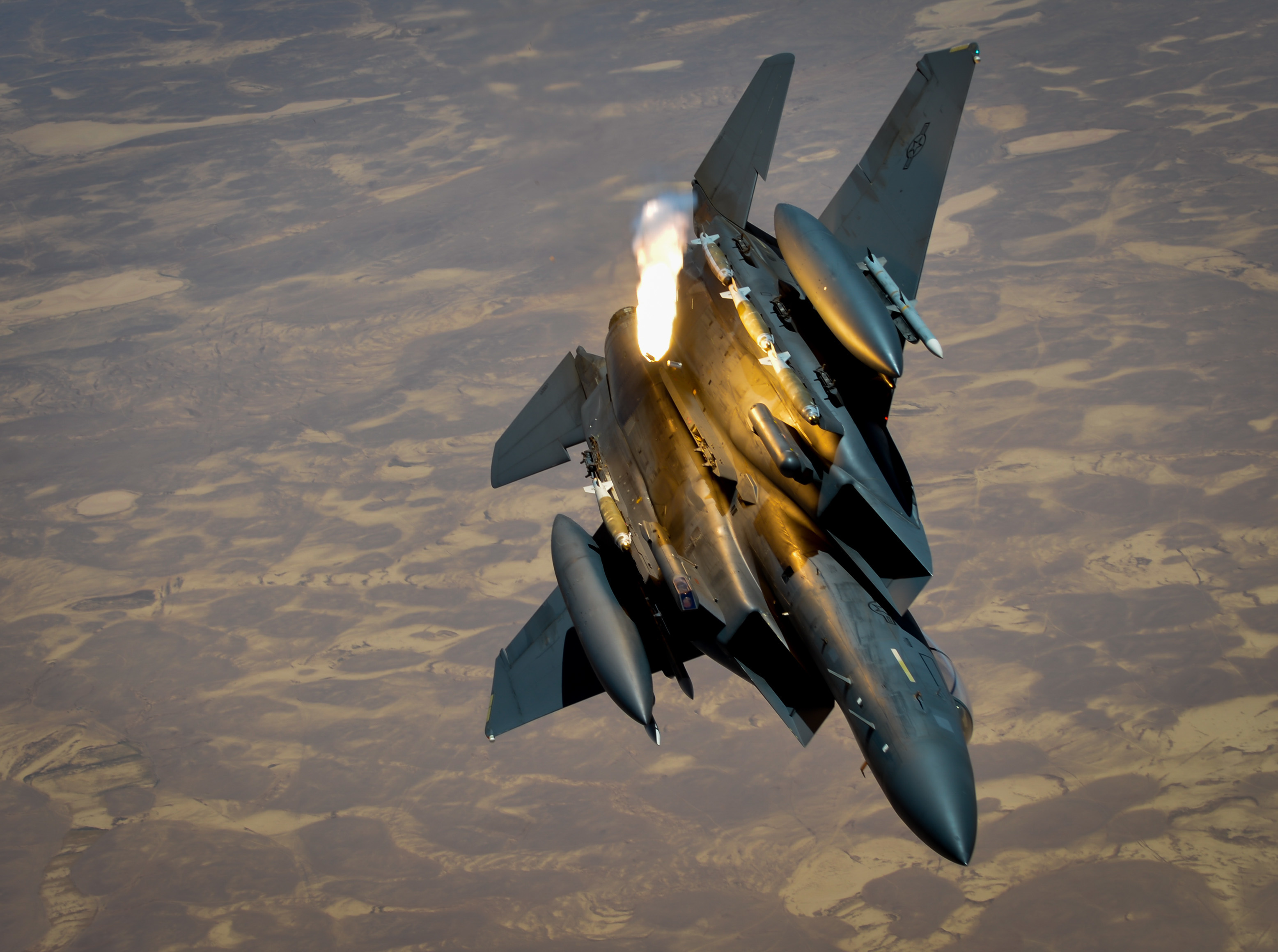
The F-15A/B/C/D models contain a 20mm cannon, AIM-120 (AMRAAM) missiles, AIM-9 (Sidewinder) missiles, and AIM-7 (Sparrow) missiles for air-to-air combat. According to the manufacturer’s site, Boeing lists the F-15E as containing precision guided munitions and a variety of missiles and bombs. However, it’s likely the same or similar AMRAAM missiles are used.
Countries Flying F-15s
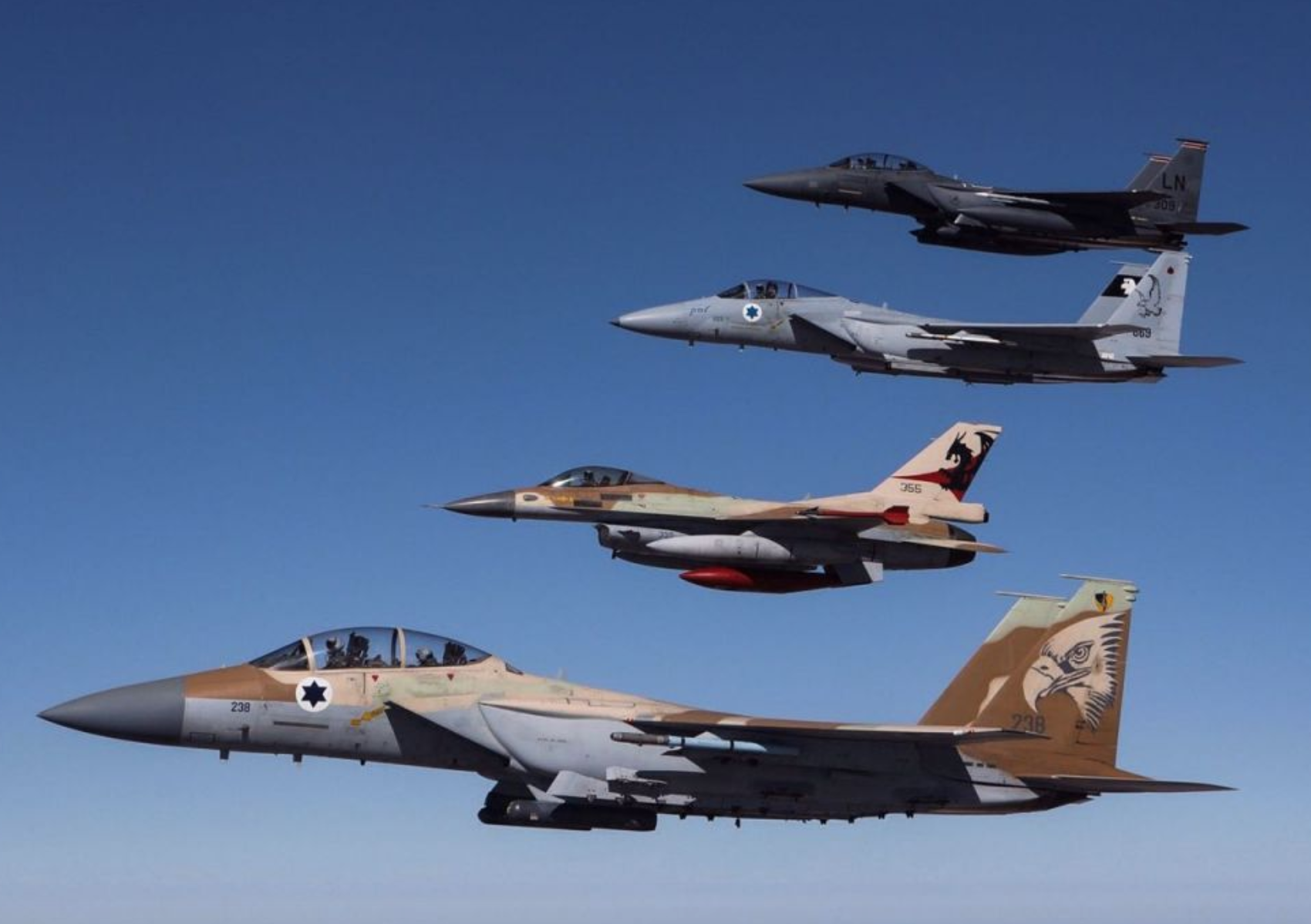
The F-15 was designed with the United States in mind, but it has expanded all over the world since then. Currently the U.S., Japan, Israel, South Korea, Saudi Arabia, Singapore, and Qatar operate F-15’s. The international variants differ slightly from the United States version – but they’re essentially the same aircraft. All in all, over 1,500 F-15’s have been built – making it one of the most numerous military aircraft on Earth.
F-15 Engine
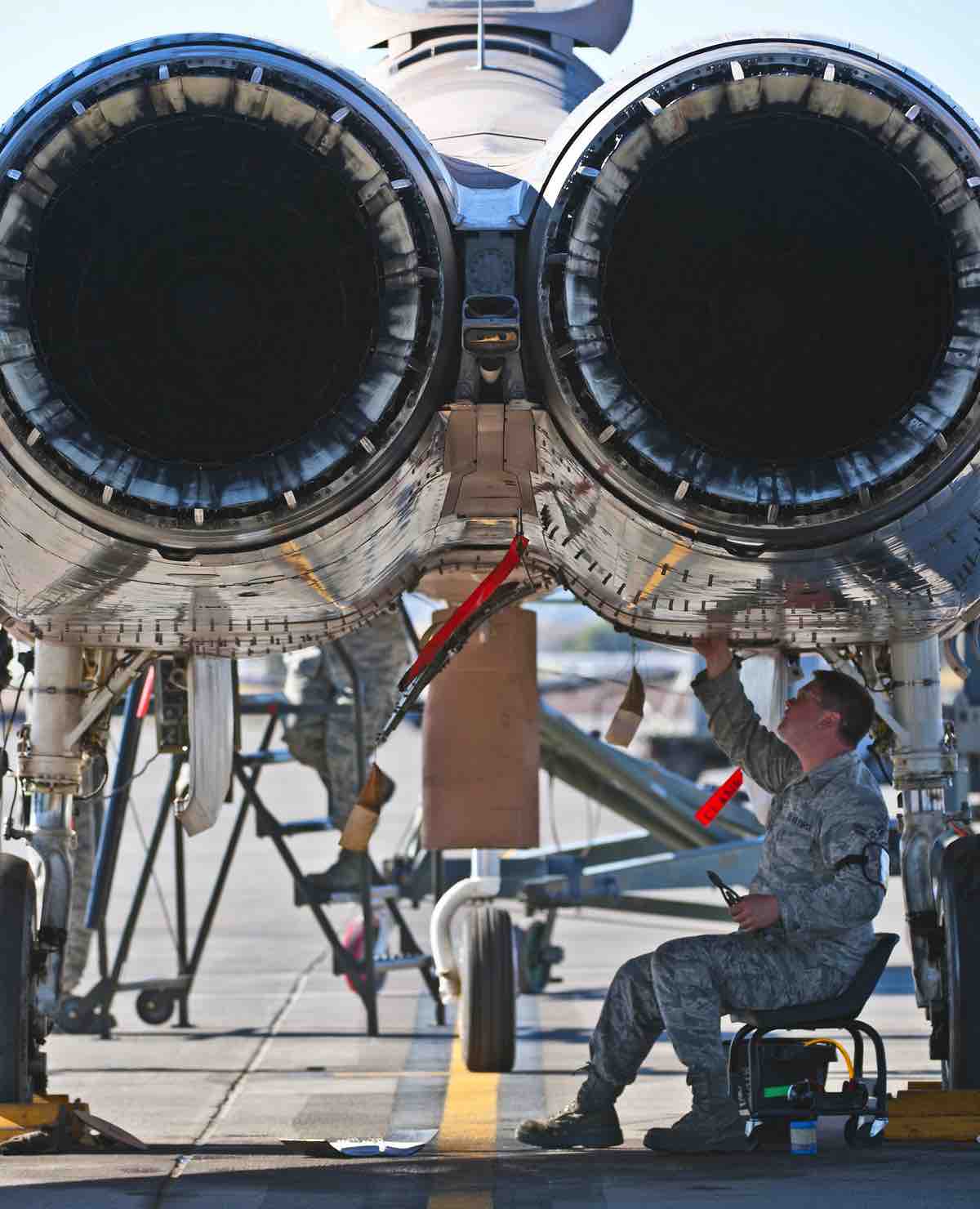
The earlier variants were powered by two General Electric F110 turbofan engines – but all current F-15C/D/E variants are powered by two Pratt & Whitney F100 engines. The F100 is used by over 20 air forces around the world and Pratt & Whitney tout it as the “most widely used advanced technology fighter engine in the world.”
The F100 engine was delivered in 1989 and declared combat-ready in 1992. Each engine outputs 29,160 pounds of thrust, and weighs over 3,800 pounds. The engine is 191 inches long, with an inlet diameter of 34.8 inches (maximum 46.5 inches). Its overall pressure ratio is 36 to 1.
Perfect Record – F-15 Facts
The F-15, in any of its variants, has never been shot down by an opposing force. Its most successful missions were during the Gulf War, the Lebanon War, and the Syrian Border Crisis. The success during the last two of those conflicts came from F-15s flown by the Israeli Air Defense Force. Overall, the F-15 is presumed to have an outstanding batle record fo 102 kills to 0 losses. Amazing.
F-15 Specifications
- Length: 63 feet, 9 inches
- Height: 18 feet, 8 inches
- Wingspan: 42 feet, 10 inches
- Speed: Mach 2.4 (1,875 mph)
- Ceiling: 65,000 feet
- Maximum takeoff weight: 68,000 pounds
F-15 Thrust-to-Weight Ratio
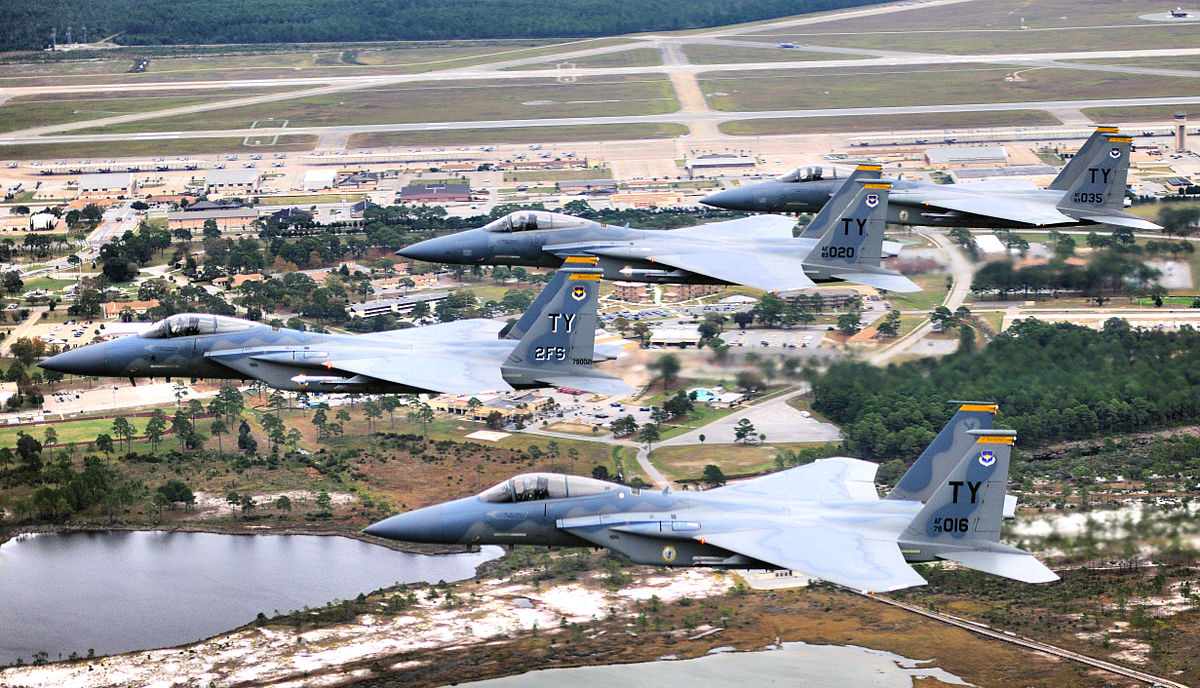
Only the Su-35 has a higher thrust-to-weight ratio than the F-15. The F-15K (Republic of Korea) has a listed thrust-to-weight ratio of 1.29. The SU-35S has a listed thrust-to-weight ratio of 1.30. Almost to close to call! American F-15s have a thrust-to-weight ratio of 1.19 – about 7th place on the list. This high ratio for F-15s is what gives it its trademark speed and maneuverability which is why it has such a perfect combat record.
F-15 Cockpit
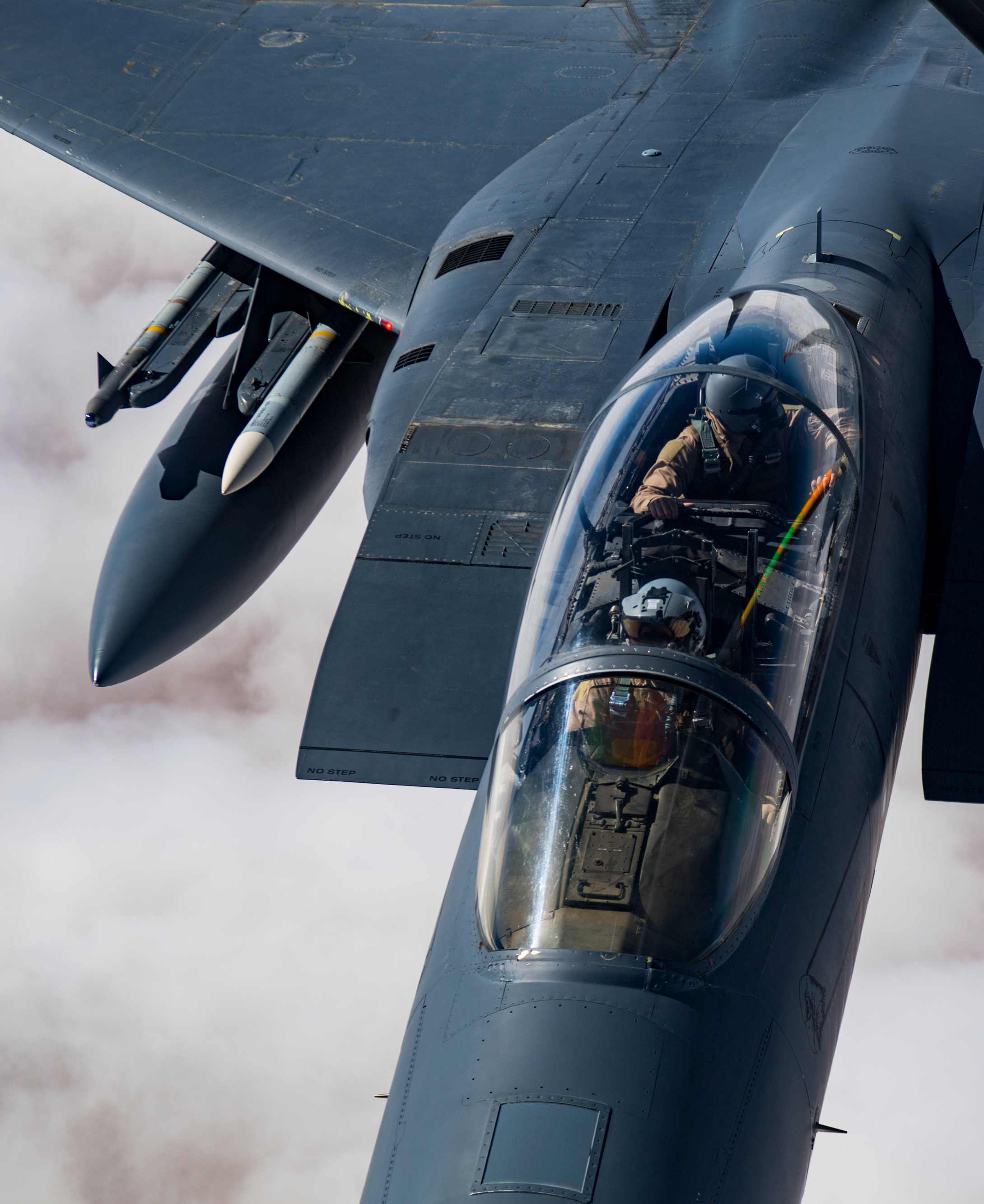
The features on the inside of the F-15 cockpit are some of the most advanced in any fighter in the world. Not as advanced as the F-22 or F-35…but still, impressive technology. We won’t bog down this post with all of the specifics. For the 21 most important tools inside the cockpit of the F-15 and even more F-15 facts, click here. Oh, and enjoy the first-person video from the cockpit on that page as well!
F-15 Sea Eagle
The F-15 Eagle was nearly an aircraft carrier-based plane. McDonnell-Douglas, in the early 1970s, was quite serious about the idea of creating the F-15 with foldable wings and stronger landing gear in order to make it adaptable for the U.S. Navy. Had that been the case, you may have seen Tom Cruise in an F-15 instead of a F-14 Tomcat. One of the coolest F-15 facts out there!
Thanks for viewing these F-15 facts. We think you’ll enjoy these F-22 Raptor facts next!

